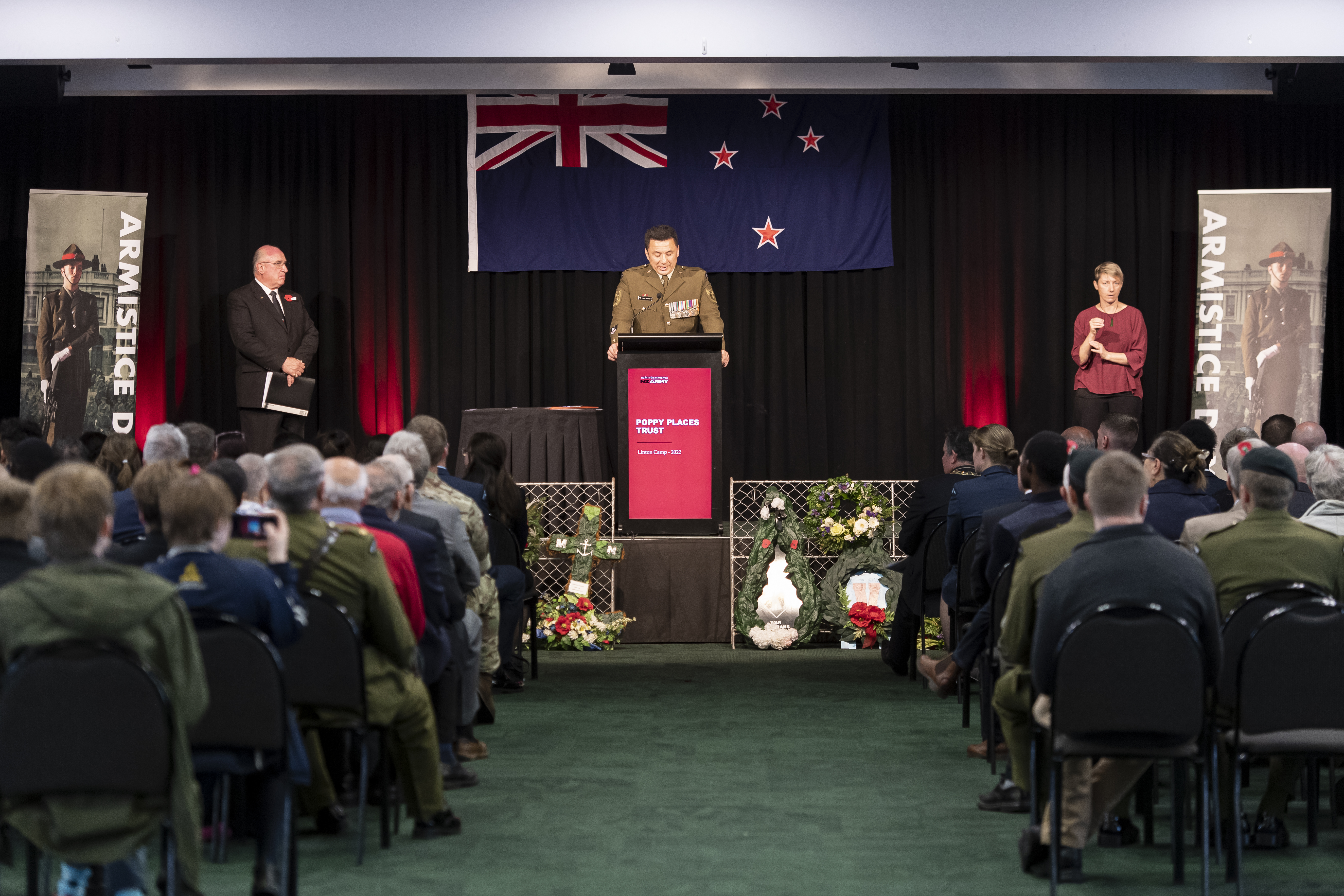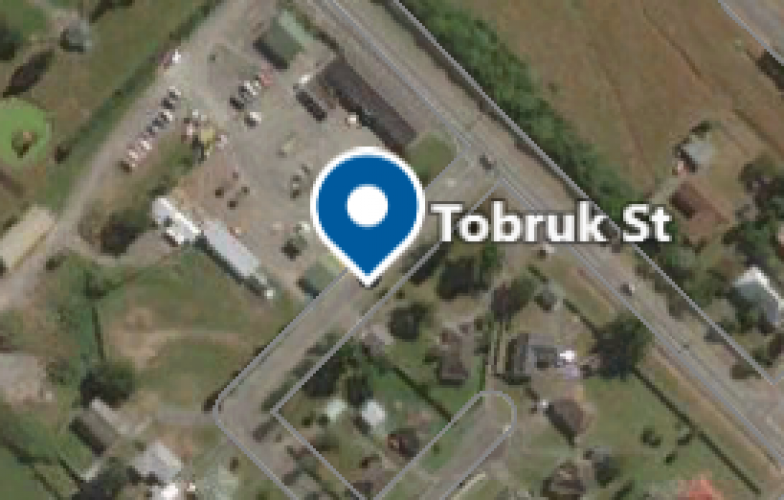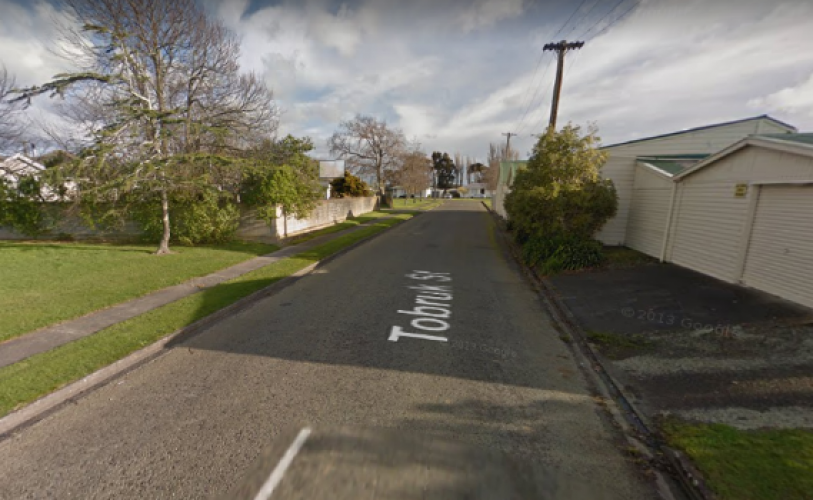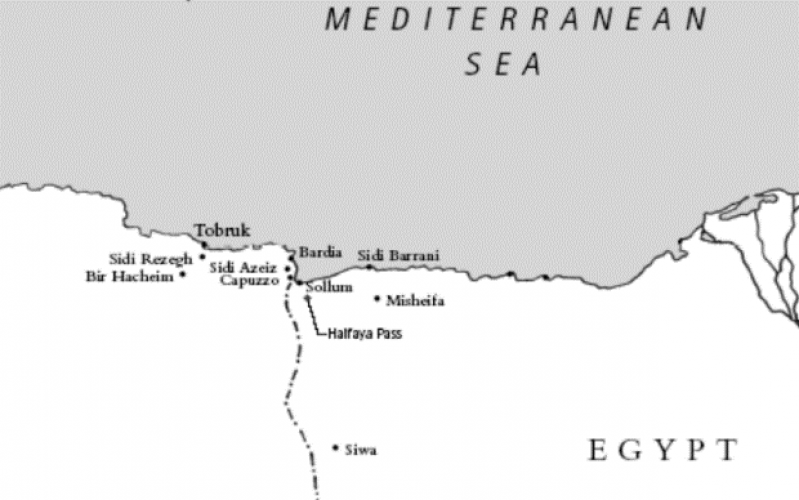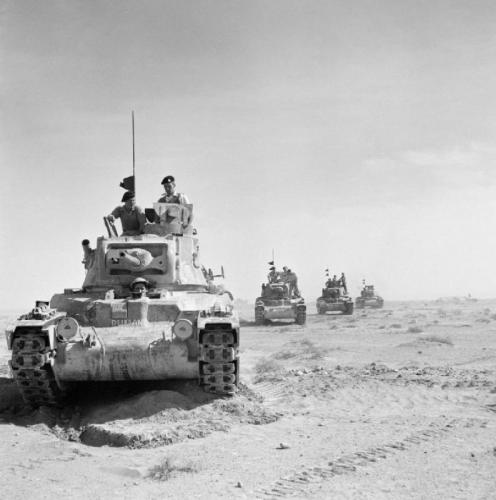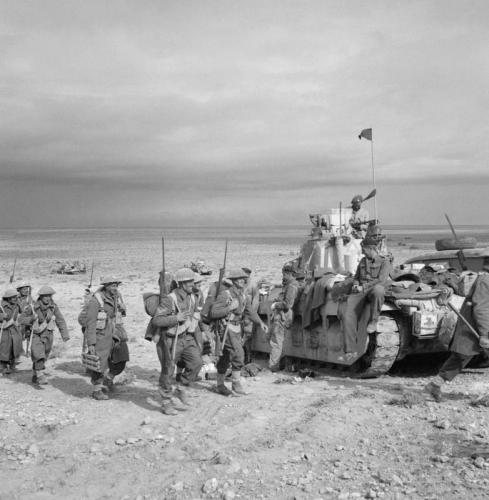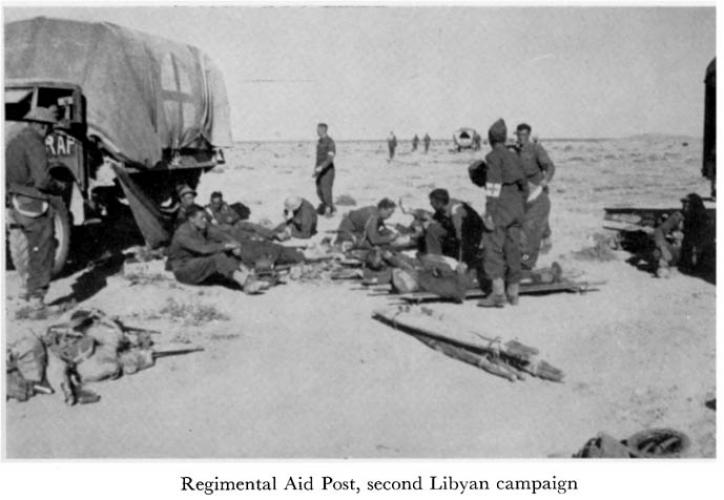280 Tobruk St LMC Palmerston Nth, street view 2018
Reason for the name
This street was named as a tribute to those involved in the battle for Tobruk in Libya in WW2. NZ involvement was mainly during operation Crusader in late 1941. Most streets within NZDF Camps and Bases are named in honour of prominent people, battles, campaigns, ships, aircraft and places creating a rich history of our military service.
The Siege of Tobruk lasted for 241 days in 1941, after Axis forces advanced through Cyrenaica from El Agheila in Operation Sonnenblume against Allied forces in Libya, during the Western Desert Campaign. In late 1940, the Allies had defeated the Italian 10th Army during Operation Compass and trapped the remnants at Beda Fomm. During early 1941, much of the Western Desert Force (WDF) was sent to the Greek and Syrian campaigns. As German troops and Italian reinforcements reached Libya, only a skeleton Allied force remained, short of equipment and supplies.
Operation Sonnenblume forced the Allies into a retreat to the Egyptian border. A garrison, consisting mostly of the 9th Australian Division remained at Tobruk, to deny the port to the Axis, while the WDF reorganised and prepared a counter-offensive. The Axis siege of Tobruk began on 10 April, when the port was attacked by a force under Generalleutnant Erwin Rommel and continued during three relief attempts, Operation Brevity (15–16 May), Operation Battleaxe (15–17 June) and Operation Crusader (18 November – 30 December). The occupation of Tobruk deprived the Axis of a supply port closer to the Egypt–Libya border than Benghazi, 560 mi (900 km) west of the Egyptian frontier, which was within the range of RAF bombers; Tripoli was 930 mi (1,500 km) to the west in Tripolitania.
The siege diverted Axis troops from the frontier and the Tobruk garrison repulsed several Axis attacks. The port was frequently bombarded by artillery, dive-bombers and medium bombers, as the RAF flew defensive sorties from airfields far away in Egypt. Allied naval forces, such as the British Mediterranean Fleet ran the blockade, carrying reinforcements and supplies in and wounded and prisoners out. On 27 November, Tobruk was relieved by the Eighth Army in Operation Crusader.
Author: The Poppy Places Trust and Cherrie Lawson
The Relief of Tobruk
Undismayed by the losses in Greece and Crete, the NZ Division carried out amphibious and desert training in the following months. With nearly 20,000 men and 2,800 vehicles, a powerful mobile force with its own light anti-aircraft regiment and other valuable new elements, it crossed into Libya on 18 November 1941 in the first offensive of the newly formed Eighth Army.
In the next four days the British armour was shattered. The Division, not knowing this, left 5 Brigade in the frontier area to hold its considerable gains and advanced with 4 and 6 Brigades to relieve Tobruk. The enemy armour under General Rommel fortunately made a simultaneous dash to the frontier area.
After heavy fighting at Point 175, Sidi Rezegh, and Belhamed, the Division broke through in the night of 26–27 November with the help of British infantry tanks and joined hands with the Tobruk garrison at Ed Duda, thus forming the Tobruk Corridor. The three enemy armoured divisions, thwarted in the frontier area, then returned and counter-attacked the corridor. In furious fighting a New Zealand field regiment and four battalions were overwhelmed, and the corridor was severed by noon of 1 December. For Rommel, however, it was a Pyrrhic victory. The remnants of the Division withdrew into Tobruk or back to Egypt. A week later Rommel retreated from Tobruk to Gazala. There, assailed by 5 NZ Brigade and other Eighth Army troops, he gave up on the 16th and withdrew to the Gulf of Sirte. For four critical days the Division had borne the brunt of the fighting and suffered heavy loss: 982 dead, 1,699 wounded, and 1,939 taken prisoner.
Among these were 124 killed at sea, 80 in a ship which was torpedoed while carrying wounded from Tobruk, and 44 in an enemy ship sunk while carrying prisoners to Europe. But this was not all. Ratings trained at Auckland were gradually forming a crew for the cruiser Neptune and in December she carried two New Zealand officers and 148 ratings. In heavy seas off Tripoli, in waters thought too deep for mining, the unlucky Neptune struck three mines in quick succession at 1 a.m. on the 19th. Three hours later she struck a fourth, rolled over, and sank. Only one English rating survived of a company of 750-odd. The 150 RNZN men thus lost added an unhappy sequel to the battle.

